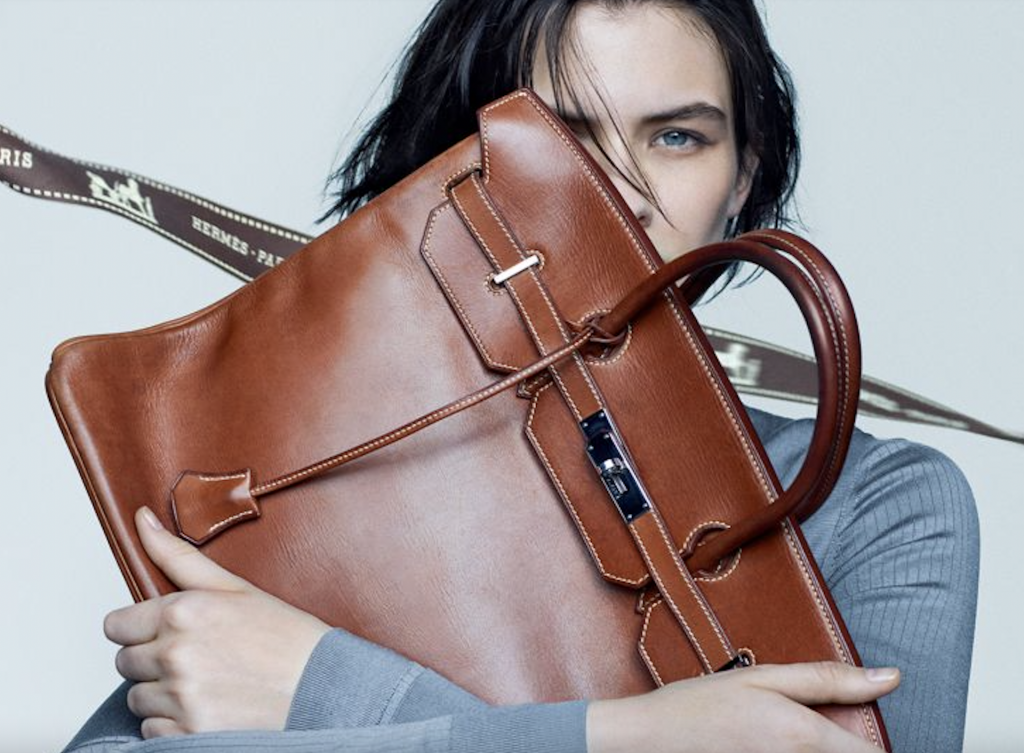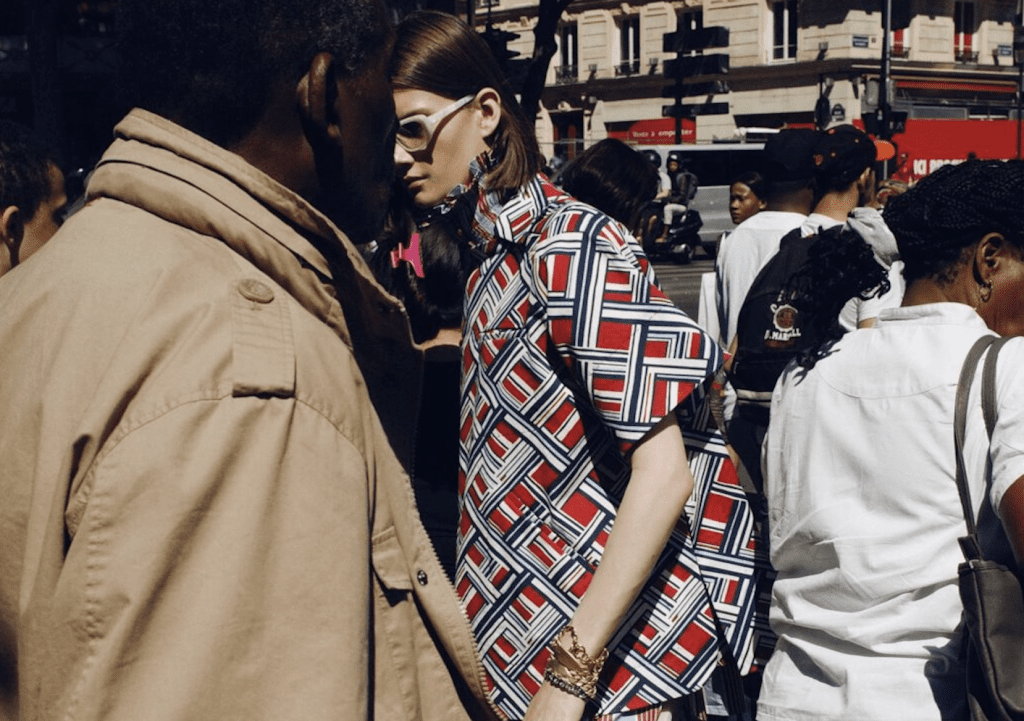Hermès has yet again proven that it can withstand the COVID-19 pandemic better than its closest rivals, with the French luxury goods purveyor generating 2.08 billion euros ($2.50 billion) in sales – a 44 percent increase compared to 2020 and a 33 percent rise from 2019 – for the first quarter, and exceeding analysts’ expectations of a 24 percent rise in revenue by a wide margin. Largely responsible for Q1 sales for the Birkin and Kelly bag-maker? Asia (excluding Japan), where sales surged by 94 percent, resulting in what Hermès called “an excellent performance throughout the geographical area, driven by highly dynamic activity in Greater China and sustained activity in Korea, Thailand, Singapore and Australia.”
Elsewhere, sales for the first three months of the year were up in America and Japan by 23 and 20 percent, respectively. Meanwhile, sales for the quarter in Europe (excluding France) were down by 1 percent, and fell by 9 percent in France, as COVID-19 lockdowns continue to take a toll.
Looking to its individual divisions, Hermès revealed that “all the business lines returned to growth, with a remarkable increase in the Ready- to-Wear and Accessories division, Watches and Other Hermès Business Lines.” Leather Goods and Saddlery sales accelerated by 34 percent in the first quarter, not to be outdone by the Ready-to-Wear and Accessories division, which saw 51 percent growth in a year-over-year basis, and watches, sales of which were up a whopping 96 percent. Meanwhile, the house’s Silk and Textiles business line grew by 34 percent for the quarter, and Perfumes and Beauty posted growth of 21 percent, with the continued development of the makeup range (currently lipstick and blush, with nail polish and eye shadow to follow), which is expected to roll out in China this summer.
“For 2021, the impacts of the Covid-19 epidemic are currently difficult to assess, as the scale, duration and geographic extent of the crisis evolve every day,” the group asserted in its Q1 release. Nonetheless, it stated that it continues to work to increase production capacities, specifically in regards to its Leather Goods and Saddlery division, “with the opening of the sites in Guyenne (Gironde) and Montereau (Seine-et-Marne) this year, the Louviers site (Eure) scheduled for 2022, the new site in Ardennes for 2023 and the second production site in Auvergne for 2024.”
In a note on Thursday, Bernstein’s Luca Solca claimed that “the Hermès result is particularly noteworthy, considering its lower price increases” in FY20 compared to its rivals. The likes of Louis Vuitton and Christian Dior, which generate some two-thirds of parent LVMH Moët Hennessy Louis Vuitton’s total operating profit in any given year, Chanel, and Kering-owned Gucci, among others, notably jacked up prices in 2020 in a “move that boosted profit as sales have been under pressure.” Reflecting on the 2020 fiscal year, Jefferies analyst Kathryn Parker told the Wall Street Journal early this year that “price increases have been pretty aggressive,” noting that price tag boosts have exceeded the “typical 5 to 6 percent rise” that brands implement in “normal years.”
The WSJ revealed that Louis Vuitton upped prices on certain handbags by 6 percent in May 2020 and then again by 3 percent in January 2021. Christian Dior added an extra 11 percent “in some markets,” and Gucci raised the price of certain handbags by as much as 9 percent in May and June “to mitigate the business impact of the coronavirus pandemic,” Reuters reported. Hermès bucked the trend, with Executive Vice President for Finance Eric du Halgouët revealing during an earnings call on Thursday that the group boosted prices by a mere 1.4 percent in January in Europe and Greater China (“but not in Japan or the Americas in order to keep geo-pricing stable,” Solca says).
The 184-year-old company’s growth is also striking given “its capacity constraints coming from upstream integration.” Solca stated that “there is indeed a limit on their production capacity,” but at the same time cautioned, noting that “this is also part of the exclusivity strategy of the brand.”
In the earnings call, du Halgouët touched on the topic of e-commerce, stating that online sales were up by 100 percent or more across the globe, and will likely exceed 1 billion euros in the not-too-distant future. Citing takeaways from the call, Solca stated that when stores reopen, Hermès’ does not expect “the rhythm of online growth [to] slow down,” and as of now, “there does not seem to be a cannibalization of sales” as a result of the group’s e-commerce push given that 65 percent of sales online are to new customers, with “the aim [being] to bring these new clients in store.”











